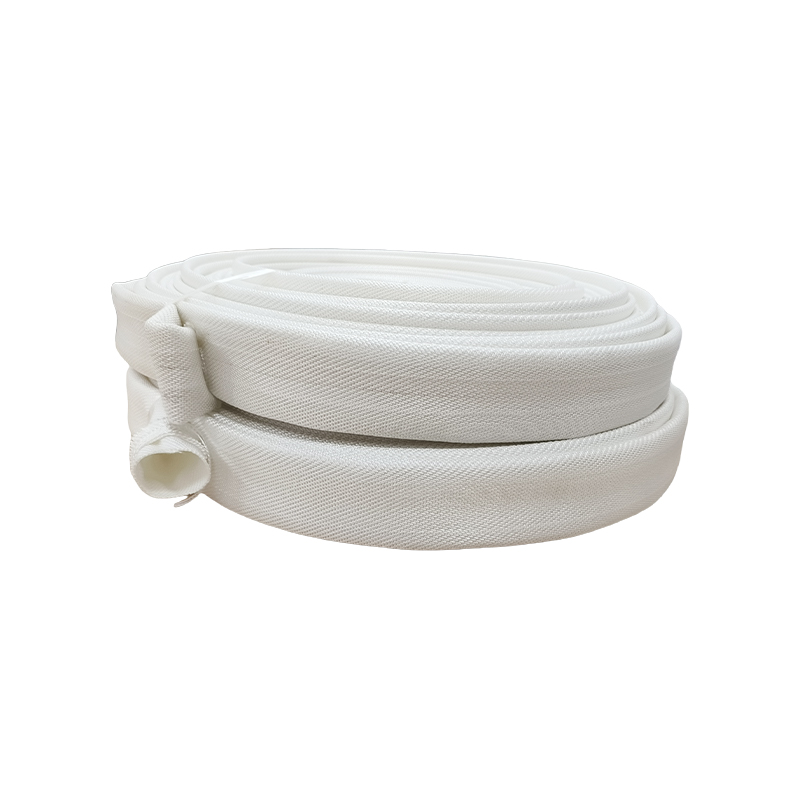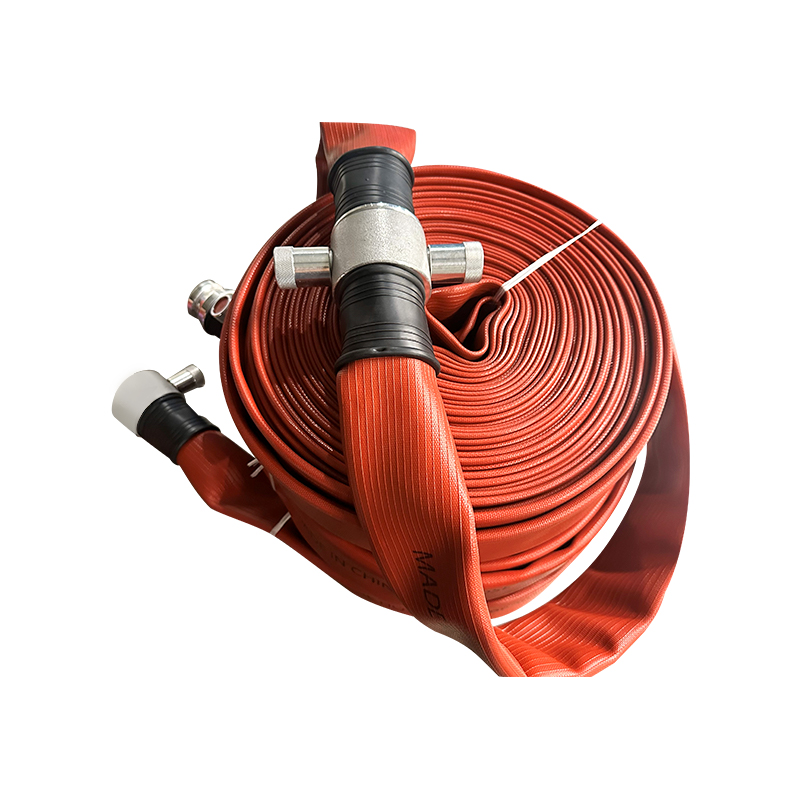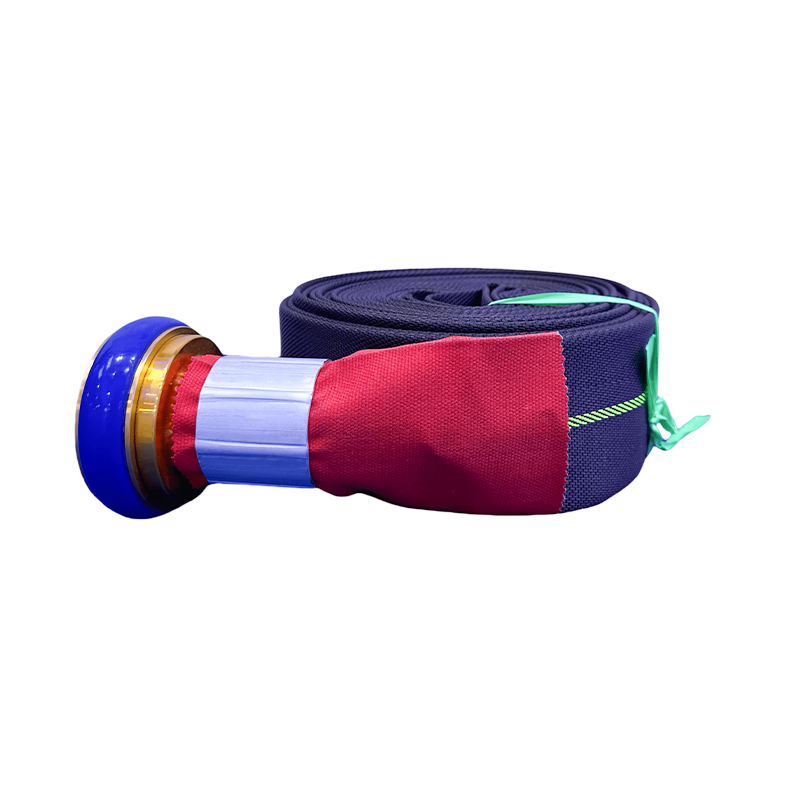- 1 Benefits of Using Agricultural Irrigation Flat Hoses for Farm Watering
- 2 How to Choose the Best Drip Irrigation Flat Hose for Vegetable Gardens
- 3 Installation Guide for Lay Flat Irrigation Hose Systems
- 4 Maintenance Tips for Heavy Duty Flat Hose for Farm Use
- 5 Solving Common Problems With Collapsible Irrigation Tubing for Crops
- 6 Innovative Uses of Flat Hose Technology in Modern Agriculture
Benefits of Using Agricultural Irrigation Flat Hoses for Farm Watering
Agricultural irrigation has evolved significantly over the years, and one of the most efficient solutions available today is the agricultural irrigation flat hose. These specialized hoses offer numerous advantages over traditional watering methods, making them an essential tool for modern farmers.
1" - 6" Canvas Hose PVC Lined Layflat Hose For Fire Extinguishing/Agricultural Irrigation
Water Efficiency and Conservation
Flat hoses are designed to deliver water directly to the root zone of plants, minimizing evaporation and runoff. Compared to sprinkler systems that can lose up to 30% of water to evaporation, flat hoses maintain efficiency rates above 90%.
Durability and Longevity
Constructed from high-quality materials, these hoses withstand harsh agricultural conditions including:
- UV radiation from prolonged sun exposure
- Extreme temperature fluctuations
- Chemical exposure from fertilizers and pesticides
- Physical abrasion from field operations
Cost-Effectiveness
The initial investment in a flat hose system pays for itself through:
- Reduced water bills from improved efficiency
- Lower energy costs compared to pressurized systems
- Minimal maintenance requirements
- Long service life reducing replacement frequency
How to Choose the Best Drip Irrigation Flat Hose for Vegetable Gardens
Selecting the right drip irrigation flat hose for vegetable gardens requires careful consideration of several factors to ensure optimal plant growth and water efficiency.
Material Composition
The three most common materials used in flat hoses each have distinct characteristics:
| Material | Advantages | Disadvantages | Best For |
|---|---|---|---|
| PVC | Highly durable, resistant to chemicals | Less flexible in cold weather | Permanent installations |
| Polyethylene | Flexible, UV resistant | Less resistant to punctures | Temporary or seasonal use |
| Rubber | Extremely durable, temperature resistant | Heavier and more expensive | Commercial operations |
Emitter Spacing Considerations
The spacing between emitters should match your crop requirements:
- 6-inch spacing for closely planted crops like lettuce
- 12-inch spacing for medium crops like tomatoes
- 18-inch spacing for widely spaced plants like squash
Installation Guide for Lay Flat Irrigation Hose Systems
Proper installation of your lay flat irrigation hose systems is crucial for maximizing efficiency and longevity. Follow these comprehensive steps for optimal results.
Site Preparation
Before unrolling your hoses, prepare the area thoroughly:
- Remove all debris and sharp objects from the installation path
- Grade the area to ensure proper drainage and prevent pooling
- Mark plant locations to align emitters precisely
- Install a quality filtration system to prevent clogging
Layout Design Strategies
Different field configurations require specific approaches:
Straight Row Planting
For traditional row crops, run hoses parallel to plant rows with emitters facing upward.
Contoured Planting
On sloped terrain, follow elevation contours to maintain even water distribution.
Raised Bed Systems
Install hoses along the center of beds, securing them with landscape pins.
Maintenance Tips for Heavy Duty Flat Hose for Farm Use
To extend the life of your heavy duty flat hose for farm use, implement these maintenance practices throughout the growing season.
Regular Inspection Routine
Establish a weekly inspection protocol that includes:
- Checking for leaks at all connection points
- Inspecting for animal damage or chewing
- Verifying emitter function and flow rates
- Examining for UV degradation signs
Winterization Procedures
In colder climates, proper winter storage prevents damage:
- Completely drain all water from the system
- Flush with compressed air to remove residual moisture
- Coil hoses loosely to prevent creasing
- Store in a dark, dry location away from rodents
Solving Common Problems With Collapsible Irrigation Tubing for Crops
Even well-designed collapsible irrigation tubing for crops can encounter issues. Here's how to troubleshoot the most frequent challenges.
Clogging Issues and Solutions
Emitter clogging typically stems from three main causes:
| Cause | Symptoms | Solution |
|---|---|---|
| Sediment | Reduced flow from multiple emitters | Install or clean filters |
| Algae | Greenish deposits in tubing | Use algaecide treatments |
| Mineral Buildup | White crust around emitters | Flush with mild acid solution |
Pressure Regulation Techniques
Maintaining optimal pressure (typically 10-15 PSI) prevents these common issues:
- Emitter blowout from excessive pressure
- Incomplete watering from insufficient pressure
- Uneven distribution across slopes
Innovative Uses of Flat Hose Technology in Modern Agriculture
Beyond traditional irrigation, flat hoses enable several advanced agricultural applications.
Fertigation Systems
Combine watering with nutrient delivery by injecting fertilizers directly into the irrigation stream.
Pest Control Applications
Deliver targeted pesticide applications through the irrigation system to reduce spray drift.
Temperature Modulation
Use warm water in early spring to protect against frost or cool water to mitigate heat stress.


 en
en
 عربى
عربى









